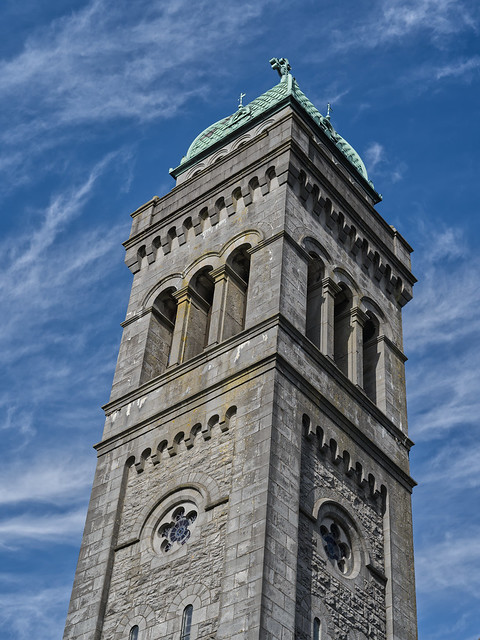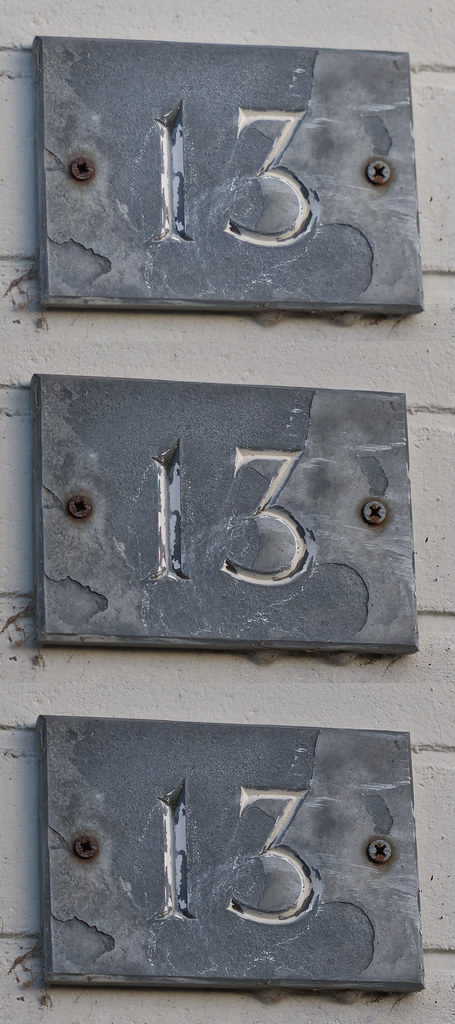 |
| St. Mary's Church interior @ F4 |
Though sometimes I recommend lenses that might cost a few hundred clams, today I am evaluating a SMC Pentax-M 50mm F/1.7 that was €49 plus a tenner for shipping. If you are lucky enough to be in a populous country with boot sales or pawn shops, you might well find this model cheaper.
This lens was last manufactured 40 years ago, so I am somewhat late with this review!
The 50mm focal length is the most common for full-frame cameras. Back in film days, before the advent of auto-focus and the popularity of zoom lenses, almost every camera body came with a "nifty fifty" attached. Among manufacturers, Asahi were in high regard. Between 1964 and 1974 they produced Takumar lenses for the M42 screw mount in F1.4 and F1.8 apertures. There were numerous variants with the following prefixes: Super, Super-Multi-Coated, Multi-Coated, S-M-C, and SMC.
In 1975 Asahi dropped the Takumar name in favour of Pentax and moved to the bayonet K-mount. Three chronological series were released (K, M, and A) followed by the auto-focus lines. These were variously produced in F1.2 and F1.4 apertures, with an F4 macro as well. There was also the similar 55mm focal length, which saw almost as many models. Sometimes the optical formulas continued from one range to another, but just as often changes were made.
This means that there are likely hundreds of thousands of such lenses in existence, all in various stages of wear-and-tear. An old lens might have a slow aperture (due to oil on the blades or evaporation of lubrication), serious glass scratches or chips, an abundance of internal dust, fungal infection, locked aperture pin, balsam separation between elements, haze due to sublimation of materials, or damaged filter ring... just to name the most common ailments. The biggest challenge is not finding a 50mm lens, it's finding a good copy. Only Japanese sellers are fastidious and honest in reporting condition, but the shipping, duty, and tax fees add another 50% to the purchase price (at least here in Ireland).
 |
| St. Mary's Church exterior @ F8 |
The Pentax 50mm lenses were more similar than different. They all have 45cm close focus distance and a 6 element in 5 group design. The barrel length ranges from 31 to 42mm and weight from 185 to 265 grams. The filter thread is either 49mm or 52mm. The SMC Pentax-M 50mm F1.7 is tiny, characterised by the smallest of the numbers in each case.
Due to the lens being so tiny, the aperture and focus rings are close together, but you are unlikely to mistake them with practice. Mounted on my Lumix S5 the bayonet adapter provides a useful stand-off so handling is not a problem. The build is all metal and glass, complete with the distinctive cloisonne (shippoyaki) nub.
This lens has an aperture with solid half-click from F1.7 to F22, alongside a convenient depth scale. The focus ring is nicely damped and turns from infinity at the left to the position marked 0.45m in just about 200 degrees. For photography this is a perfect throw. I had no difficulty attaining precise focus. All of this is entirely typical for Pentax lenses of the period.
I do prefer the Contax Zeiss single aperture clicks, which are smoother and easier to make blind. For my usage I never never need half stop apertures.
 |
| Rin-Rin at F2 |
The shots in this article are unprocessed except for my usual development in Affinity Photo. The results are clear and sharp, with no obvious aberrations, distortion, or even vignetting. Granted, I have cropped these slightly, so you'll have to believe me on the last point.
Rin-Rin was shot at the closest distance possible. There's sharpness without forsaking a natural look. I'd guess this is a good portrait lens, because you rarely want tack sharp skin. It's simply not flattering. I love the smooth transition to the background. And though I wouldn't characterise this lens as having that 3D pop I recently wrote about, I don't miss it either.
The shots of St. Mary's church render the colours exactly as I saw them. The altar is filled with creamy light, due to the interior colour scheme, while the tower is lit sharply against the blue sky.
 |
| top to bottom: F1.7, F2.8, F4 |
I also did some informal test shots, using F1.7, F2.8, and F4 as points of comparison. I have no overwhelming desire to use a lens wide open if stopping down a little gets better performance, as it usually (but not always) does. The number plate above is typical of lens performance. Each reduction in aperture cleans up the image significantly, with greatest detail and sharpness at F4.
Despite this evidence I kept shooting at F2 and was rewarded when the subject matter was chosen correctly. The colourful items that just happened to be on my kitchen table look pretty fabulous. In fact, I'd say that here the subject is starting to pop. This photo also provides an opportunity to critique the bokeh, which is only slightly less than creamy smooth.
 |
| kitchen colours @ F2 |
In conclusion, this lens is an amazing bargain. It wants for nothing, in my opinion, except a Zeiss build. (Oh well.) You could spend a lot more and get some trendy East German or Russian swirling bokeh monster, as is the current trend. But this superior glass is more suited to a variety of subjects and shooting scenarios.
For more opinions you can peruse the 17 pages (!) of reviews on Pentax Forums.
2 comments:
Even the modest 5-element 50mm f/2 A lens is a great performer. It is light and contrasty.
Interesting observations. I have the Autochinon 55mm f1.7 This lens has a similar build quality as you described. It surely has character, but this character is often categorised as a fault rather than quality: there's a lot of blooming when shooting wide open, and the bokeh artifacts are oval rather than round, with socalled 'onionrings'.
Post a Comment